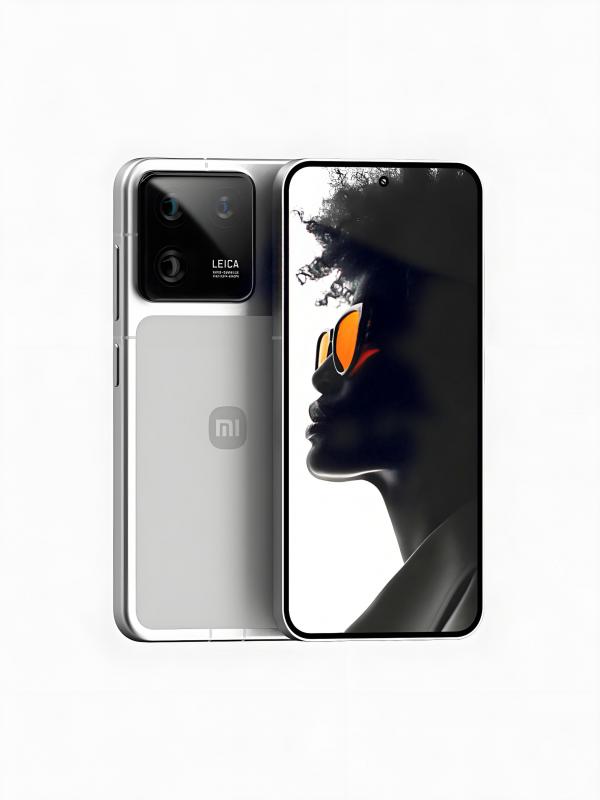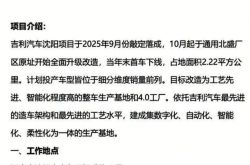Xiaomi 16 In-depth Analysis: Revolutionizing Flat Screens, Imaging Excellence, and the "Breakthrough Campaign" in the Premium Market!
![]() 03/31 2025
03/31 2025
![]() 482
482
Introduction: The "Technological Renaissance" of Android Flagships As leaked information about Xiaomi 16 ignited fervent discussions in the tech community, we witnessed not merely the birth of a new smartphone but a bold stride by domestic mobile phones into uncharted technological territories. From all-series flat screens to a 200MP primary camera, from the Snapdragon 8 Elite 2 chip to MiUI 3.0, Xiaomi 16 leverages "technological generational leaps" as a sword to reshape the competitive landscape in the premium mobile phone market.

I. Design Evolution: The "Flat-Screen Revolution" in the Era of Minimalism
Xiaomi 16 adopts a flat-screen design across its entire lineup, a move that can be deemed a "revolutionary strike" against the curved-screen era.
LIPO Packaging Technology: Utilizing low-injection pressure overmolding, the screen's black borders are compressed to within 1.1mm, achieving ultra-narrow, equal-width borders on all four sides. Previously seen only in high-end models like the iPhone 15 Pro, Xiaomi has brought this technology to its entire lineup, significantly boosting the screen-to-body ratio.
Size Spectrum: The standard version, with a 6.3-inch screen, emphasizes one-handed usability, while the Pro/Ultra versions, boasting a 6.85-inch screen, balance large-screen visuals, catering to diverse user needs.
Sleek Design: The standard version is less than 8mm thick and weighs under 190g; the Pro version employs a 3D-printed hollowed-out frame to enhance heat dissipation and structural integrity while maintaining a slender profile.
Industry Impact: Xiaomi 16's flat-screen design may accelerate the industry's shift away from curved screens. User surveys reveal that over 60% of consumers prefer flat-screen flagships due to issues like difficult screen protector application and accidental touches, and Xiaomi's decision addresses these market pain points.
II. Performance Leap: The "Powerhouse" of Snapdragon 8 Elite 2
The Xiaomi 16 series is the global pioneer in launching Qualcomm's Snapdragon 8 Elite 2 chip, built on TSMC's advanced N3P 3nm process, delivering substantial performance enhancements.
AI Computing Boost: The new-generation AI engine offers enhanced scene recognition and resource allocation, significantly improving game frame rates and multitasking efficiency.
Screen Innovation: The Pro version is equipped with a 2K LTPO OLED flat screen, supporting a 1-120Hz adaptive refresh rate, striking a balance between a seamless experience and low power consumption.
Battery Life Milestone: The standard version features a 6000mAh battery with 90W fast charging, while the Pro version boasts a 7000mAh silicon-carbon battery with 120W fast charging, effectively eliminating battery anxiety.
Market Positioning: The integration of the Snapdragon 8 Elite 2 enables Xiaomi 16 to directly compete with the iPhone 17 series in terms of performance, solidifying its position in the premium market.
III. Imaging Apex: The "Dual Synergy" of 200MP and Computational Photography
Xiaomi 16's imaging system upgrade can be described as a masterpiece of "imaging excellence".
200MP Primary Camera: The Ultra version may be equipped with a 200MP sensor, supporting 10x optical zoom, with resolution approaching that of professional cameras.
Periscope Telephoto Across Models: The standard version introduces a 5x periscope telephoto for the first time, breaking the norm of "no telephoto for non-Pro models" and enhancing long-range shooting capabilities.
Algorithm Advancement: MiUI 3.0 and AI collaborative optimization bring enhanced portrait mode and night scene noise reduction capabilities.
Industry Impact: Xiaomi 16's imaging configuration may propel the collective upgrade of Android flagship imaging capabilities, accelerating the advent of the "computational photography" era.

IV. Market Strategy: The "Premium Push" in the Competitive Landscape
The Xiaomi 16 series targets different market segments through three models: standard, Pro, and Ultra versions.
Standard Version: Priced at RMB 3,999, it emphasizes cost-effectiveness, appealing to budget-conscious users.
Pro Version: Priced at RMB 5,000, it positions itself as a high-end performance flagship, competing head-on with Apple and Samsung's flagship models.
Ultra Version: Potentially priced above RMB 6,500, it focuses on imaging, catering to professional photography needs.
Pricing Strategy: Xiaomi 16's pricing strategy not only maintains its cost-effectiveness edge but also targets the ultra-premium market with the Ultra version, forming a robust product matrix spanning "high and low combinations".
V. Industry Trends: Technological Accessibility and the Rise of Domestic Brands
Xiaomi 16's technological breakthroughs are not just a triumph for domestic mobile phones but also a microcosm of the democratization of industry technology.
Mature Supply Chain: The widespread adoption of technologies such as LIPO packaging and silicon-carbon batteries benefits from the maturity of domestic supply chains, enabling more manufacturers to embrace high-end technologies.
Software Ecosystem: The enhancement of MiUI 3.0 signifies Xiaomi's closed loop in the software and hardware ecosystem, accelerating the ascendancy of domestic operating systems.

Conclusion: The "Golden Era" of Android Flagships The unveiling of Xiaomi 16 showcases the comprehensive technological, design, and ecosystem awakening of domestic mobile phones. It is not only Xiaomi's push into the premium market but also a testament to the strength of domestic supply chains and technological prowess. When Xiaomi 16 officially launches in September, it may herald the "Golden Era" of Android flagships.
(Note: Information in this article is based on online leaks, and specific configurations and prices are subject to official announcements.)
Interactive Topic: What do you believe is the biggest challenge for domestic mobile phones to break into the premium market? Share your thoughts in the comments below.








